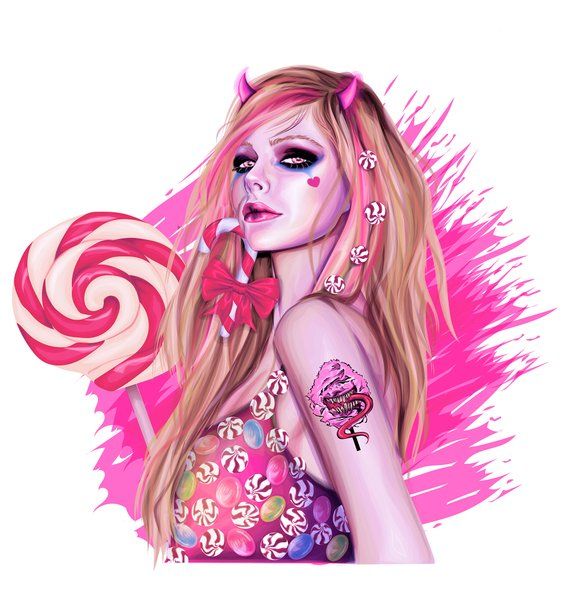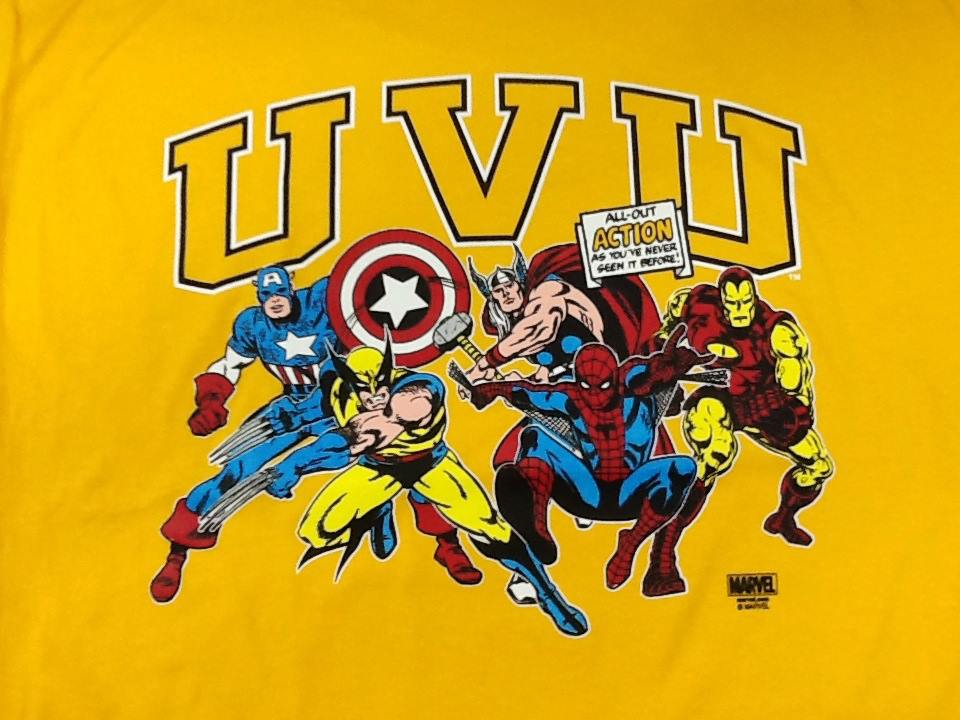"Can Television Diversity Overcome the Rise of Algorithmic Recommendations?"
In Flow: A Critical Forum on Media and Culture

Television still most often represents the family homes and workplaces so familiar to our daily lives. Despite modern, on-the-go viewing, television still retains the intimacy of a medium that originally beamed directly (and only) into our living rooms. Maybe there’s no moral imperative, but there is certainly an abundance of opportunity. Who ends up represented on our television screens matters and plays a powerful role in shaping real world attitudes and behaviors towards people and cultures—especially ones historically marginalized on our culture’s validating screens. However, the importance of diversity and representation in media will never be reflected in a recommended percentage “match.” Even if, under the current computational models, every followed recommendation puts that truth at risk.
"Revisiting Avril Lavigne: Intersections of Subculture, Gender, Youth, and Authenticity."
In The Journal of Popular Culture

Considering the ever-shifting tides of the pop music scene, it might be hard to convince a current reader that Lavigne is worth remembering. But those early debates about Lavigne highlight a definitive cultural moment where public debates over youth, gender, and authenticity coalesced around a singular seventeen-year-old girl. She remains worthy of being remembered and defended, but not because she was punk (as most debates inexplicably focused on). By almost any definition of that slippery concept, Lavigne is never going to have her name seriously uttered in the same sentence as punk icons. Rather, the sight of a teenage female flirting with both mainstream and subcultural modes of being challenged social norms (particularly gendered ones) while simultaneously problematizing the notion of authenticity itself.
"Post-Postmodernism and the Market Popularity of Superheroes."
In Enculturation: A Journal of Rhetoric, Writing, and Culture

Some may want to develop a method to critique capitalism’s intensifying effects, and that could be worthwhile. However, in regard to superheroes, and really anything popular, I suggest directions of inquiry that will help us understand both the economics of popularity and the popularity of economics. This is not to say the study of popular culture should be uncritical or give up completely on notions of liberation and resistance; but this does suggest that those words may no longer mean what we thought they did. It is to acknowledge that popularity is at least partially an economic phenomenon, just as it is a social, affective, and temporal one. It’s to acknowledge that though the logic of intensification may stoke an urge to resurrect “culture industry” arguments, there are more complicated issues at work, and the rush to a vulgar Marxist analysis should be resisted.
"Classical Rhetoric Up in Smoke: Cool Persuasion, Digital Ethos, and Online Advocacy."
In Kairos: A Journal of Rhetoric, Technology, and Pedagogy

Logic, emotion, credibility: these old-fashioned notions of persuasion take a back seat to the mere attention given to an interface itself. A person, organization, or institution can make their digital interface and prose style flatter the audience's attention with the primary goal of creating a cool place to inhabit. This sense of a cool place is not only the main goal; a site can bank on coolness as the best bet at persuasion towards their goals. If this use of cool is truly an available and successful method of persuasion, digital rhetors must question what effects these tactics have on more careful, in-depth, and reasoned discourse. Further, the success of digital cool (if it even works) raises the question of whether or not reasoned and nuanced discouse itself can be (or should be) made cool.
"Popular Culture is [Not] Only Useful as a Text for Criticism."
In Bad Ideas About Writing, edited by Drew Loewe and Cheryl Ball

When popular culture is predominantly written about from the perspectives of textual analysis and cultural criticism, this writing often fails to capture the personal, varied, and complex experience of consuming popular culture. Students often balk at these writing assignments because they recognize that something is missing (or “murdered” in the words of William Wordsworth). Without different kinds of writing assignments that balance the rush to critique content, students are seemingly asked to disregard a lifetime of experience with these texts that does not seem valued by an educational setting that is laser focused on textual dissection.